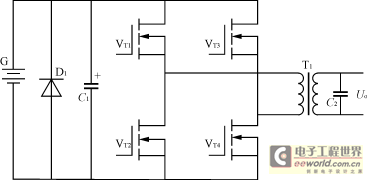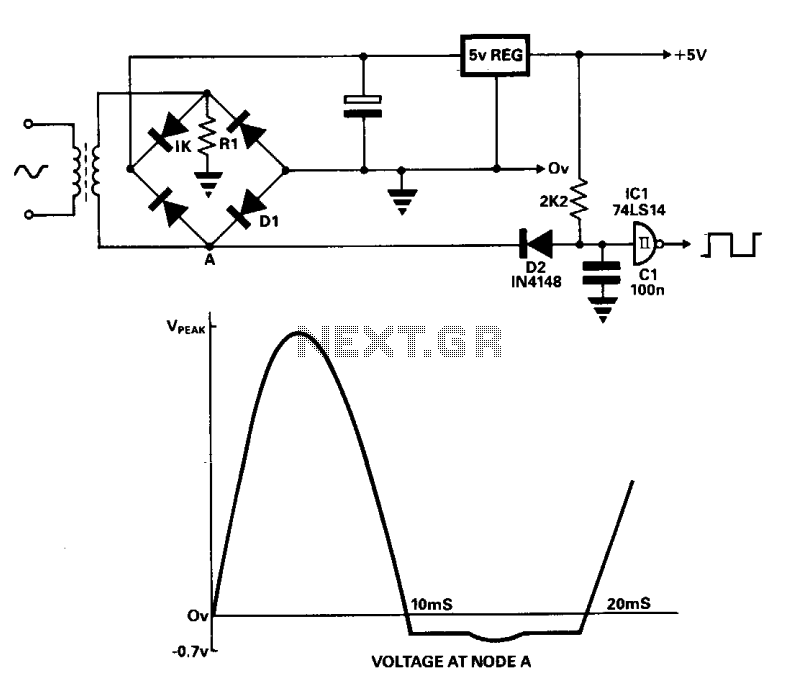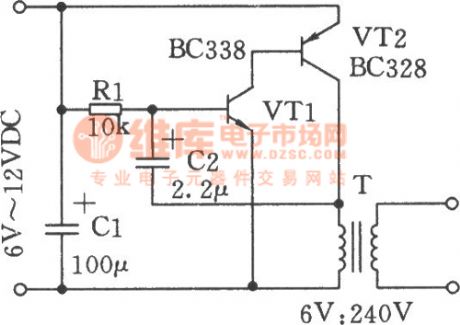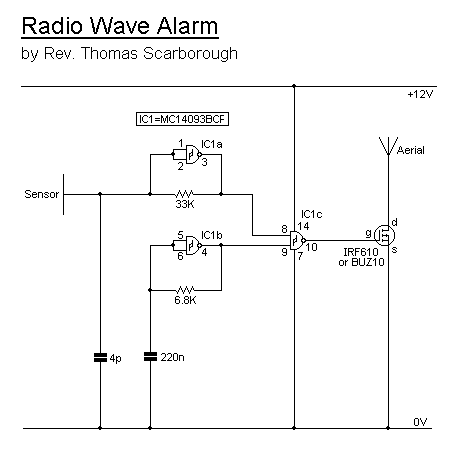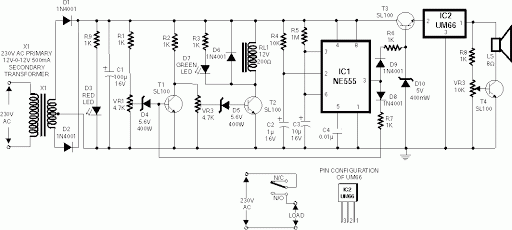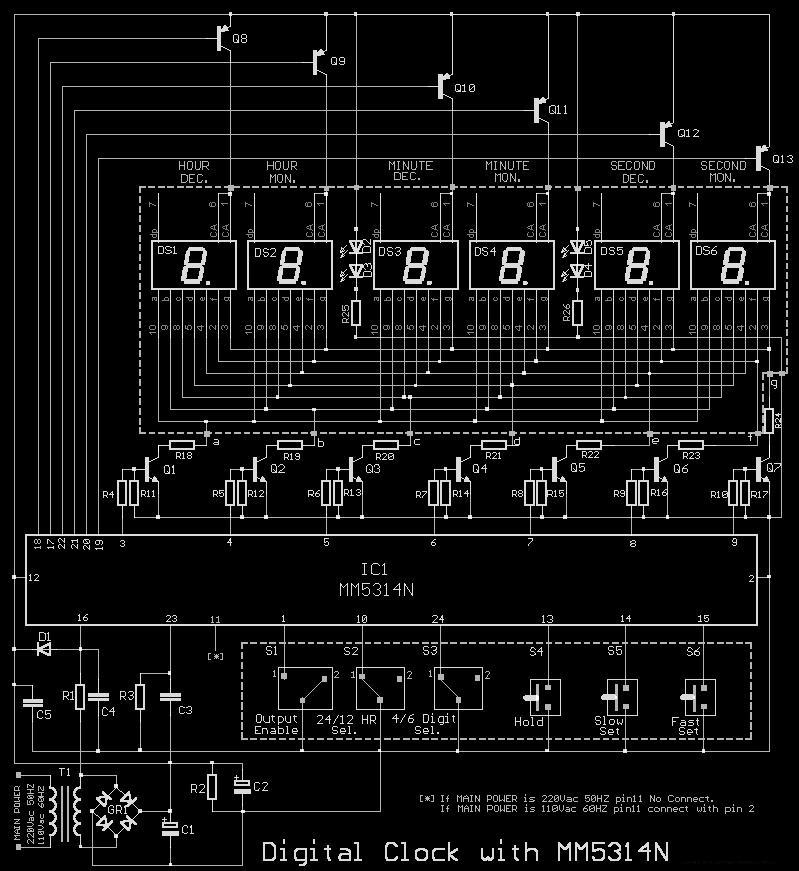
Square Wave Generator using Op-Amp
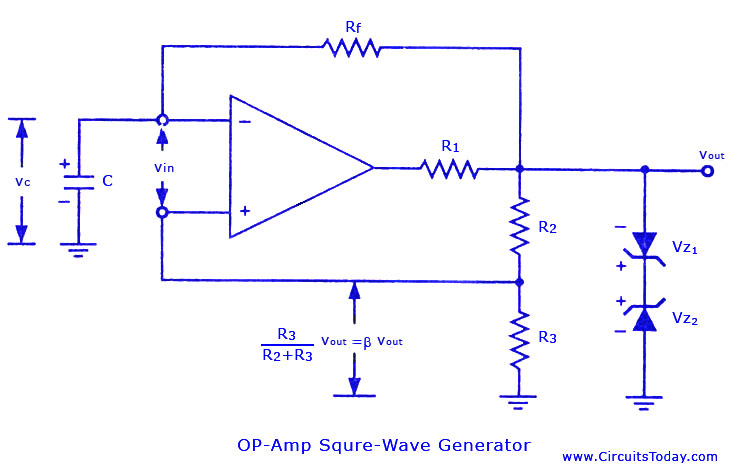
Non-sinusoidal waveform generators are also referred to as relaxation oscillators. The op-amp relaxation oscillator depicted in the figure functions as a square wave generator. Generally, square waves are relatively simple to generate. Similar to the UJT relaxation oscillator, the frequency of oscillation in this circuit relies on the charge and discharge cycles of a capacitor, C. The core component of the oscillator is an inverting op-amp comparator that employs positive feedback to enhance the amplifier's gain. This configuration provides two main advantages in a comparator circuit. First, the high gain enables the op-amp's output to switch rapidly between states. Second, positive feedback introduces hysteresis into the circuit. In the op-amp square-wave generator circuit illustrated, the output voltage, v_out, is clamped to ground by two Zener diodes, Z1 and Z2, arranged in a back-to-back configuration, limiting the output to either V_Z2 or V_Z1. A portion of the output is fed back to the non-inverting (+) input terminal. The combination of resistor R_f and capacitor C acts as a low-pass RC circuit, integrating the output voltage v_out, while the capacitor voltage, v_c, is applied to the inverting input terminal instead of an external signal. The differential input voltage is defined as v_in = v_c - v_out. When v_in is positive, v_out equals V_Z1, and when v_in is negative, v_out equals +V_Z2. At a given moment when v_in < 0, v_out is +V_Z2, and the voltage at the non-inverting (+) input terminal is -V_Z2. The capacitor C charges exponentially toward V_Z2 with a time constant of R_f C. The output voltage remains steady at V_Z2 until v_c equals -V_Z2. At this point, the comparator's output switches to V_Z1. Consequently, v_c changes exponentially toward -V_Z1 with the same time constant, resulting in the output transitioning from -V_Z1 to +V_Z2 when v_c reaches -V_Z1. The time period, T, of the output square wave is determined by the charging and discharging behavior of capacitor C. The voltage across the capacitor, v_c, during charging from -V_Z to +V_Z is described by the relationship. The frequency, f = 1/T, of the square wave is independent of the output voltage, V_out. This circuit is also referred to as a free-running or astable multivibrator due to its two quasi-stable states. The output remains in one state for time T1 before abruptly transitioning to the second state, remaining there for time T2. This cycle repeats after time T = (T1 + T2), where T represents the time period of the square wave. The op-amp square-wave generator operates effectively within a frequency range of approximately 10 Hz to 10 kHz. At higher frequencies, the op-amp's slew rate limits the output square wave's slope. The symmetry of the output waveform relies on the matching of the two Zener diodes, Z1 and Z2. Asymmetrical square waves (where T1 does not equal T2) can be achieved by utilizing different constants for charging the capacitor C to +V_out and -V_out.
The op-amp relaxation oscillator circuit is characterized by its simplicity and effectiveness in generating square waveforms. The circuit's operation hinges on the interplay between the charging and discharging of the capacitor and the feedback mechanism provided by the op-amp comparator. The choice of component values, particularly the resistance of R_f and the capacitance of C, directly influences the frequency and duty cycle of the output waveform. The Zener diodes serve a critical role in clamping the output voltage, ensuring that the op-amp operates within safe limits while allowing the generation of the desired waveform.
The design of this oscillator can be tailored to specific applications by adjusting the values of R_f and C, thus altering the time constants involved in the charging and discharging processes. This flexibility enables the generation of square waves with varying frequencies, making the circuit suitable for a wide range of applications, including clock signals for digital circuits, tone generation in audio applications, and signal modulation.
In summary, the op-amp relaxation oscillator is a versatile and valuable circuit for generating square waveforms efficiently, with its performance dictated by the careful selection of components and configuration. This circuit exemplifies the principles of feedback and oscillation, showcasing the capabilities of operational amplifiers in waveform generation.The non-sinusoidal waveform generators are also called relaxation oscillators. The op-amp relaxation oscillator shown in figure is a square wave generator. In general, square waves are relatively easy to produce. Like the UJT relaxation oscillator, the circuit`s frequency of oscillation is dependent on the charge and discharge of a capacitor C th rough feedback resistor R, . The heart of the oscillator is an inverting op-amp comparator The compa rator uses positive feedback that increases the gain of the amplifier. In a comparator circuit this offer two advantages. First, the high gain causes the op-amp`s output to switch very quickly from one state to an other and vice-versa.
Second, the use of positive feedback gives the circuit hysteresis. In the op-amp square-wave generator circuit given in figure, the output voltage vout is shunted to ground by two Zener diodes Z1 and Z2 connected back-to-back and is limited to either VZ 2 or VZ 1. A fraction of the output is fedback to the non-inverting (+) input terminal. Combination of IL and C acting as a low-pass R-C circuit is used to integrate the output voltage vout and the capacitor voltage vc is applied to the inverting input terminal in place of external signal.
The differential input voltage is given as vin = vc - ² vout When vin is positive, vout = Vz1 and when vin is negative vout = + Vz 2. Consider an instant of time when vin < 0. At this instant vout = + Vz 2, and the voltage at the non-inverting (+) input terminal is ² Vz 2, the capacitor C charges exponentially towards Vz 2, with a time constant Rf C.
The output voltage remains constant at Vz 2 until vc equal ² Vz 2. When it happens, comparator output reverses to Vz 1. Now vc changes exponentially towards-Vz1 with the same time constant and again the output makes a transition from -Vz1 to + Vz 2. when vc equals - ²Vz 1 The time period, T, of the output square wave is determined using the charging and discharging phenomena of the capacitor C.
The voltage across the capacitor, vc when it is charging from B Vz to + Vz is given by The frequency, f = 1/T, of the square-wave is independent of output voltage Vout. This circuit is also known as free-running or astable multivibrator because it has two quasi-stable states.
The output remains in one state for time T1 and then makes an abrupt transition to the second state and re mains in that state for time T2. The cycle repeats itself after time T = (T1 + T2) where T is the time period of the square-wave. The op-amp square-wave generator is useful in the frequency range of about 10 Hz -10 kHz. At higher frequencies, the op-amp`s slew rate limits the slope of the output square wave. The symmetryof the output waveform depends on the matching of two Zener diodes Z1 and Z2. The unsymmetrical square-wave (T1 not equal to t2) can be had by using different constants for charging the capacitor C to +Vout and -Vout
🔗 External reference
The op-amp relaxation oscillator circuit is characterized by its simplicity and effectiveness in generating square waveforms. The circuit's operation hinges on the interplay between the charging and discharging of the capacitor and the feedback mechanism provided by the op-amp comparator. The choice of component values, particularly the resistance of R_f and the capacitance of C, directly influences the frequency and duty cycle of the output waveform. The Zener diodes serve a critical role in clamping the output voltage, ensuring that the op-amp operates within safe limits while allowing the generation of the desired waveform.
The design of this oscillator can be tailored to specific applications by adjusting the values of R_f and C, thus altering the time constants involved in the charging and discharging processes. This flexibility enables the generation of square waves with varying frequencies, making the circuit suitable for a wide range of applications, including clock signals for digital circuits, tone generation in audio applications, and signal modulation.
In summary, the op-amp relaxation oscillator is a versatile and valuable circuit for generating square waveforms efficiently, with its performance dictated by the careful selection of components and configuration. This circuit exemplifies the principles of feedback and oscillation, showcasing the capabilities of operational amplifiers in waveform generation.The non-sinusoidal waveform generators are also called relaxation oscillators. The op-amp relaxation oscillator shown in figure is a square wave generator. In general, square waves are relatively easy to produce. Like the UJT relaxation oscillator, the circuit`s frequency of oscillation is dependent on the charge and discharge of a capacitor C th rough feedback resistor R, . The heart of the oscillator is an inverting op-amp comparator The compa rator uses positive feedback that increases the gain of the amplifier. In a comparator circuit this offer two advantages. First, the high gain causes the op-amp`s output to switch very quickly from one state to an other and vice-versa.
Second, the use of positive feedback gives the circuit hysteresis. In the op-amp square-wave generator circuit given in figure, the output voltage vout is shunted to ground by two Zener diodes Z1 and Z2 connected back-to-back and is limited to either VZ 2 or VZ 1. A fraction of the output is fedback to the non-inverting (+) input terminal. Combination of IL and C acting as a low-pass R-C circuit is used to integrate the output voltage vout and the capacitor voltage vc is applied to the inverting input terminal in place of external signal.
The differential input voltage is given as vin = vc - ² vout When vin is positive, vout = Vz1 and when vin is negative vout = + Vz 2. Consider an instant of time when vin < 0. At this instant vout = + Vz 2, and the voltage at the non-inverting (+) input terminal is ² Vz 2, the capacitor C charges exponentially towards Vz 2, with a time constant Rf C.
The output voltage remains constant at Vz 2 until vc equal ² Vz 2. When it happens, comparator output reverses to Vz 1. Now vc changes exponentially towards-Vz1 with the same time constant and again the output makes a transition from -Vz1 to + Vz 2. when vc equals - ²Vz 1 The time period, T, of the output square wave is determined using the charging and discharging phenomena of the capacitor C.
The voltage across the capacitor, vc when it is charging from B Vz to + Vz is given by The frequency, f = 1/T, of the square-wave is independent of output voltage Vout. This circuit is also known as free-running or astable multivibrator because it has two quasi-stable states.
The output remains in one state for time T1 and then makes an abrupt transition to the second state and re mains in that state for time T2. The cycle repeats itself after time T = (T1 + T2) where T is the time period of the square-wave. The op-amp square-wave generator is useful in the frequency range of about 10 Hz -10 kHz. At higher frequencies, the op-amp`s slew rate limits the slope of the output square wave. The symmetryof the output waveform depends on the matching of two Zener diodes Z1 and Z2. The unsymmetrical square-wave (T1 not equal to t2) can be had by using different constants for charging the capacitor C to +Vout and -Vout
🔗 External reference
